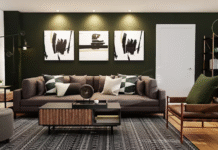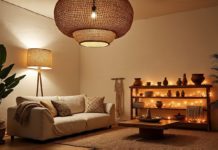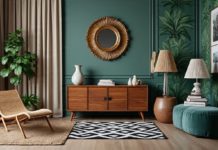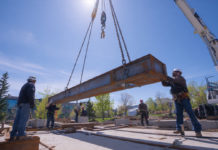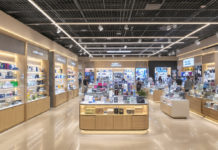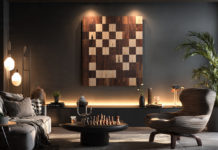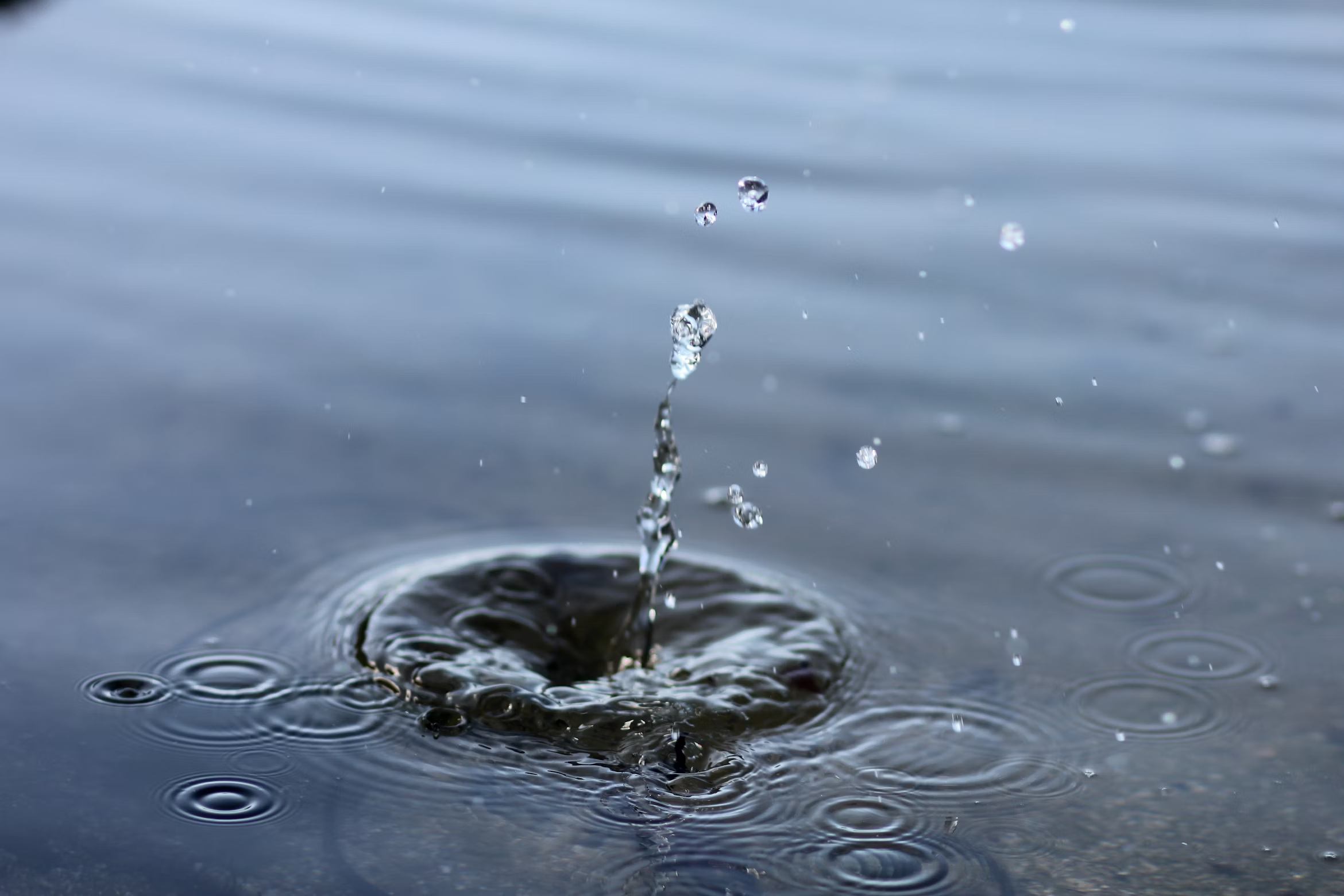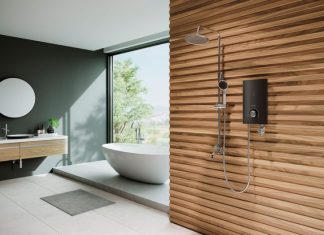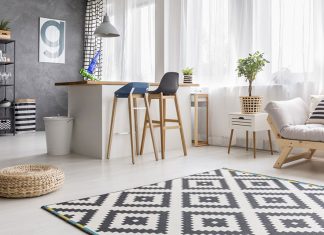Houses that incorporate biophilic design enhance the relationship between people and nature. Biophilic elements nurture health and wellness, support tranquility, and affect long-term habitability. As the demand for more intentional design increases in the country’s leading rental markets, biophilic elements will be a way for home sellers and landlords to increase desirability and support rent growth. In highly competitive markets, property management San Francisco experts suggest that natural building materials, organic textures, and intentional layouts can increase the value of the house as more tenants look for calming spaces.
7 Key Elements That Bring Biophilic Design to Life
Source: Freepik
- Natural Light Optimization
Homes that bring in natural light tend to attract long-term renters who prefer spaces that are bright, uplifting, and energy efficient. Property management San Antonio professionals say spaces with ample natural light look bigger, in turn fetching a higher price in the market. Owners are becoming empowered to think about their homes in terms of the placement of windows, reflective surfaces, and open floor plans that enhance light circulation. These advantages undoubtedly support visual comfort while assisting prospective renters to perceive the property more positively.
Did you know?
In San Antonio, average market-rate rents rose by 17.4% between 2020 and 2025, closely matching a 22.4% increase in student housing costs.
- Organic Materials and Textures
Wood, stone, rattan, cork, and bamboo have a warmth and authenticity to them in interior spaces. Houses that feature wood, stone, or rattan flooring, cabinets, or accent material often feel more grounded, something that’s likely very appealing to renters looking for serenity and wellness in their homes. For sellers preparing to list, swapping synthetic finishes for a durable natural surface can improve the quality perception of the property to help it compete in the rental market.
- Nature-Inspired Color Palettes
Earthy tones, greens, terracotta hues, ocean blues, and soft neutrals certainly contribute to biophilic settings. These color groups emphasize emotional balance, lessen visual stress, and help unify a range of rooms in a unified, peaceful environment. Properties with peaceful colors often distinguish themselves in property tours, as today’s tenants increasingly look for a setting that evokes comfort, calmness, and harmony of the senses while in their home.
Did you know?
San Francisco’s median monthly rent jumped 11.5% year-over-year, reaching $3,040 in November 2025.
- Verdant Indoor Planting Systems
Indoor plants are still one of the best-known features of biophilic design. Stacking plants at different layers, such as hanging vines, tabletop plants, and larger floor specimens, builds depth and improves the air quality indoors. Vendors preparing a house for rental photos or showings even use plants in spaces that may otherwise feel bland, bringing a relatable warmth to it. In addition to aesthetics, plants promote vibrancy and can also signal higher perceived rental value.
- Views and Visual Access to Nature
Biophilic houses promote moments of pause and connection in the home by framing views of outdoor landscapes, gardens, courtyards, or even small planters on a balcony. When sight lines are enhanced, windows are cleared of obstructions, or furniture is oriented to provide a natural view, the mood of a room can change drastically. Even in urban settings, observing a piece of sky, some greens, or landscapes in the distance promotes openness, which renters rate as an amenity.
- Natural Shapes, Forms, and Patterns
Shapes like curves, waves, botanical patterns, and organic forms mimic natural shaping. By introducing them in furnishings, lighting, wall decor, textiles, or architectural details, you can soften rigid environments while creating a more grounded space. When homesellers choose to include these considered design options, they create an inviting aesthetic to the property, particularly in markets where renters respond to calm interiors with a seamless visual flow.
- Multisensory Elements That Enhance Calm
Biophilic design goes well beyond aesthetics. Spaces that include natural fragrances, tactile softness, soothing tones inspired by water, or materials that provide warmth through touch can enhance a sense of refuge. Textural components such as rugs, upholstery made from natural fibers, linens, and soft aroma diffusers enhance the enveloping quality of a space. This combination of sensory experiences yields emotional comfort—something renters are likely to prioritize when assessing competing homes.
End Point
Biophilic design provides a compelling advantage to homeowners trying to attract renters for restorative, wellness-based living. By incorporating natural materials, elements, or plants (greenery), intentional living spaces, and multisensory harmony, they can be more desirable but also more competitive in major U.S. markets. These seven elements create a greater aesthetic and aid in a property’s long-term rentalability, as they meet contemporary expectations from tenants today.


